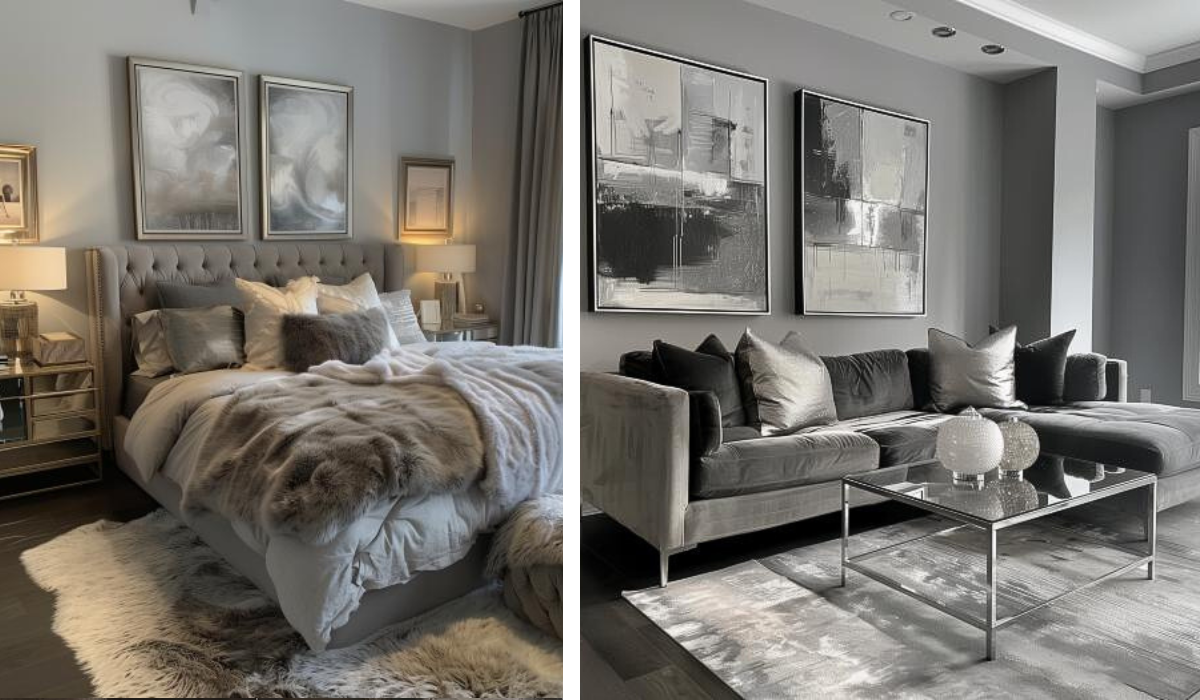Walk into almost any millennial’s home and you’re bound to spot a specific shade—an unmistakable tone that screams modern yet nostalgic, stylish yet safe. It’s not overly bold or brash, but it makes a statement in its own understated way. That colour? Millennial pink.
This dusty, muted pink took the design world by storm around the mid-2010s, and ever since, it’s become an iconic part of the generational aesthetic. But millennial pink isn’t just a colour—it’s a cultural signifier. It tells a story about how millennials see the world, express themselves, and create comfort in their spaces. If you have this colour in your home, chances are, you belong to the generation that came of age with avocado toast, Instagram filters, and a deep-rooted desire for calm in a chaotic world.
What Exactly Is Millennial Pink?
Millennial pink isn’t just one specific hue. It encompasses a range of pinks—from blush to salmon, from a faded pastel to a rosy beige. It’s gender-neutral, quietly confident, and effortlessly cool. Unlike the hot pinks of the early 2000s or the neon shades of the ’80s, this tone is all about softness and subtlety. It’s not meant to overpower a space; it’s there to create warmth, comfort, and an air of curated calm.
You’ll find it in velvet throw pillows, matte wall paint, terrazzo tile specks, ceramic mugs, and plush accent chairs. It’s the colour of self-care, latte art, and minimalist branding. For millennials who grew up in turbulent economic and social conditions, millennial pink provides an escape—a soft retreat in a world that’s anything but.
The Psychology Behind the Colour Choice
Every generation leans toward a colour palette that reflects their values and lifestyle. Baby boomers embraced bold earth tones and avocado green. Gen X gravitated toward grunge-inspired shades like deep purples and dark navy. But millennials? We collectively fell in love with a colour that feels like a warm exhale.
Millennial pink is about emotion. It reflects a longing for peace, tenderness, and vulnerability. In a hyper-digital world filled with constant notifications, fake news, and burnout, this pink offers stillness. It’s a reaction against the aggression of red or the sterility of white. It’s soothing without being dull, expressive without being overwhelming.
Design psychologists have noted that softer colours tend to create a calming effect on the mind. And millennials, often juggling multiple jobs, side hustles, and life transitions, have sought sanctuary in their interiors. This pink becomes not just a design choice but a coping mechanism.
A Rebellion in Disguise
Interestingly, millennial pink is also a quiet rebellion. For years, pink was boxed into outdated gender stereotypes. Bright, sugary pink was seen as “too girly,” a colour to grow out of. But millennials, who have been more open about rejecting traditional norms—be they about gender, work, or family—reclaimed pink and gave it new life.
Now, pink is proudly displayed in men’s fashion, in non-binary aesthetics, and in minimalist home design. It’s not about being feminine or masculine—it’s about embracing softness as strength. If anything, having millennial pink in your home says you’re intentional about your space. It tells the world you’re not afraid of a little warmth, a little romance, a little nostalgia.
Beyond Pink: Other Millennial Hues
While millennial pink is the headline act, it doesn’t perform solo. It often comes paired with a whole symphony of other soft, dusty colours: sage green, mustard yellow, terracotta, and navy blue. These hues make up the palette of the millennial mindset—moody yet hopeful, neutral yet expressive. Together, they create spaces that feel grounded but creative, safe but never stale.
These colours show up in millennial-favorite aesthetics like mid-century modern, Scandinavian minimalism, and boho-chic. They’re in the smooth lines of IKEA furniture, the woven textures of macramé wall hangings, and the Instagram-ready corners filled with plants and rattan.
A Sign of the Times
Every design trend reflects the cultural moment it springs from. Millennial pink emerged during a time when millennials were first entering adulthood—navigating rent prices, gig economy jobs, and social media anxiety. Home became the one place they could control. And in that home, they wanted colours that made them feel at ease.
This shade also reflects millennial values of authenticity and imperfection. Unlike the glossy perfection of earlier generations’ homes, millennial interiors are cozy, imperfect, and real. A slightly wrinkled linen throw, mismatched ceramic mugs, a chipped plant pot—all these are embraced. Millennial pink fits right into this ethos. It doesn’t try too hard. It just is.
The Legacy of Millennial Pink
Like all trends, millennial pink will eventually fade. Already, Gen Z is pushing bold, clashing colours like acid green, digital lavender, and cobalt blue. But the influence of millennial pink will linger—not just in colour swatches but in the emotional tone it set.
It gave an entire generation permission to be soft, to find beauty in the calm, and to reject the idea that louder is better. In doing so, it created a new standard for what it means to make a space feel like home.
So yes—if you have millennial pink in your home, I can instantly tell you’re a millennial. But that’s not just about age. It’s about the story your space tells: one of gentleness, creativity, and a desire for harmony in a busy world.



